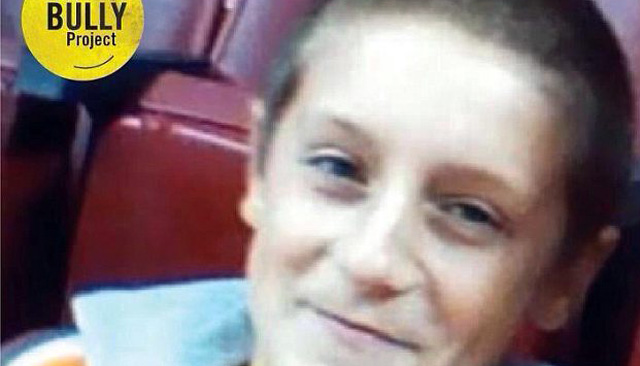
It’s nearly impossible to process the death of a 12-year old. And when that death also has implications much bigger than the child, it’s all the more difficult to understand. We know a few things for sure about the death of Bailey O’Neill: he was jumped and beaten, suffered a broken nose and a concussion. He was put into a medical coma after experiencing violent seizures, and he never woke up.
Bullying has been such a hot-button topic lately, not necessarily because there’s more of it, but because with an internet-driven culture, it’s easier to see. We freely record ourselves and it’s easy to record others, which goes for everything, including incidents of bullying. It seems that Bailey O’Neill is becoming a symbol for the current anti-bullying movement, even though his case may not be an example of bullying.
Charles Williams, a child psychotherapist, is cautioning against being so free with the term “bullying.” A key feature of bullying is that it happens repeatedly, making the environment in which it happens unbearable for the victim. According to Williams, if this was a one-time attack, it’s not bullying. It’s something serious, to be sure, but should not be conflated with something that has been the cause of suicide in young people. Using the term “bullying” too often may dilute its meaning. Officials are also hesitant to consider Bailey’s death a result of suicide. The county’s district attorney is still investigating to determine if the attack is what caused the seizures, which would dictate how the attacker is punished. So far, the attacker has only gotten 2 days suspension.
If Williams’point is valid, and this was not an example of bullying, then how can it be handled? It is certainly an example of violence in schools, which is a component of bullying. But not all bullying involves physical abuse–it can be psychological, which is no less damaging and hurtful. Bullying in any form has lasting effects into adulthood, both for the bully and the victim. Regardless of the fact that this may not have been bullying, Bailey was deprived of an adulthood, an unfair tragedy.
Understanding the implications of Bailey’s death is difficult, but also rather callous. It’s important not to get caught up in semantics when there’s a family grieving. Maybe it doesn’t matter if Bailey’s death was caused by technical “bullying.” His death has called attention to violence in schools, something that should be preventable if children are taught how to properly deal with conflict. We should be able to tackle the issue of bullying without specific examples, because we can’t handle any more martyrs for the cause. It’s time to act as opposed to react.
Learn more about how to prevent bullying by visiting StopBullying.gov
You can donate to the O’Neill family by clicking here.